This week’s five explorations at the intersection, of nature, art and wisdom.
“There is nothing now but kestrel”
I was reminded of this wonderful quote from Iris Murdoch on how the beauty of art and nature provokes “unselfing”. In my opinion, getting out of the self’s way is critical to the deeper connection we need with nature – and with art.
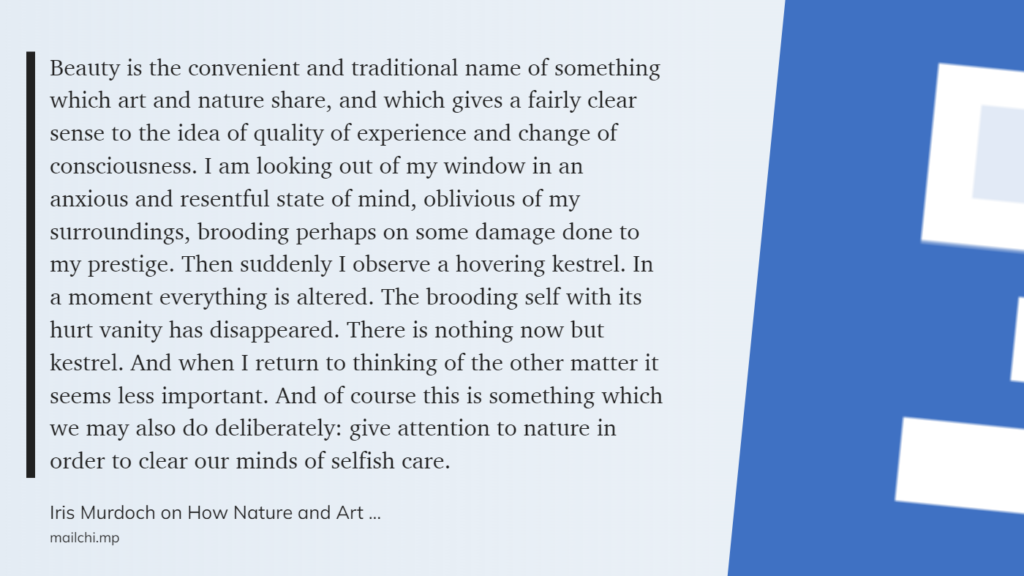
Read more: https://www.themarginalian.org/2019/10/21/iris-murdoch-unselfing/
Lose yourself, allow love, defend love
I discovered Donella Meadows, co-author of The Club of Rome’s report, The Limits to Growth, this week. Perhaps seen as a development of the Murdoch quote above, Meadows suggests this unselfing is love. And love is what you defend.
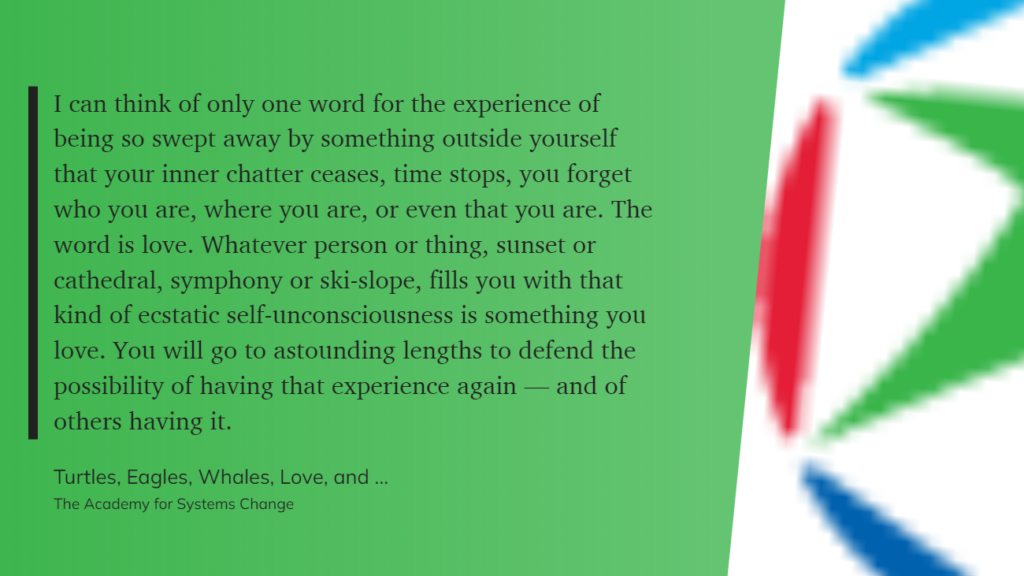
Link: https://donellameadows.org/archives/turtles-eagles-whales-love-and-power/
“Man must love all creation or he will love none of it.”
We have a lot to learn from indigenous people, from around the world. Such as Chief Dan George – and this quote:
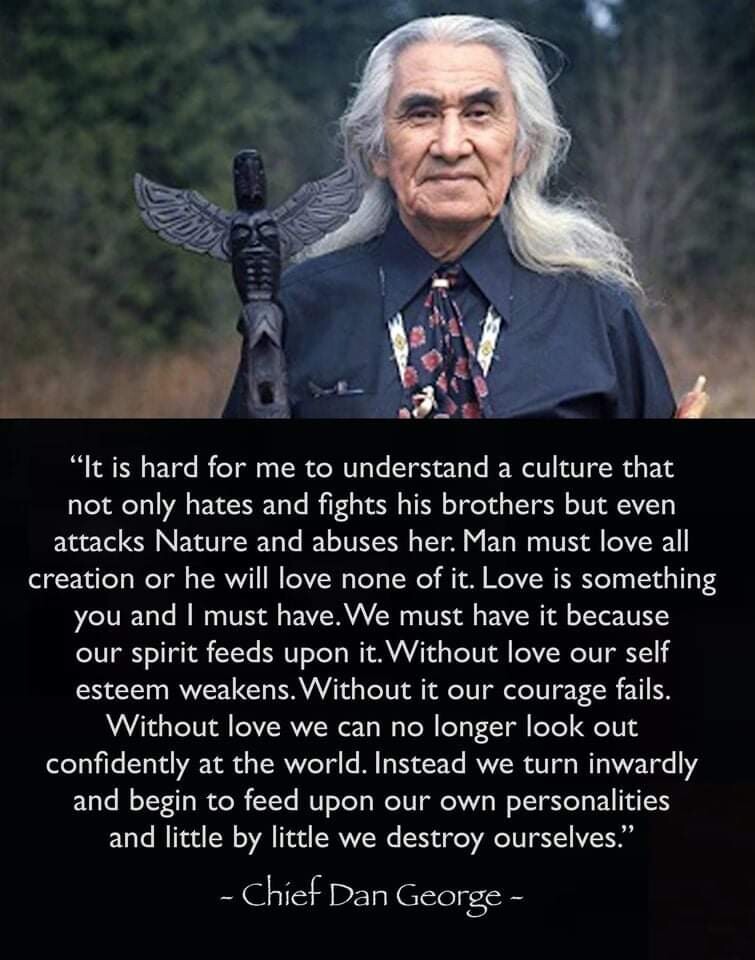
More about Chief Dan George: https://en.wikipedia.org/wiki/Chief_Dan_George
Considering the sacred
One of reasons we’re in a mess as a society is that we don’t measure what matters. If dollars and cents aren’t where it’s at (and we know that to be true, even if we don’t dare say it out loud), then what do we measure? Can we measure the stuff that moves the dials of our souls? Can we measure the sacred? Should we forget about measuring altogether? Paul Kingsnorth is always an interesting read.
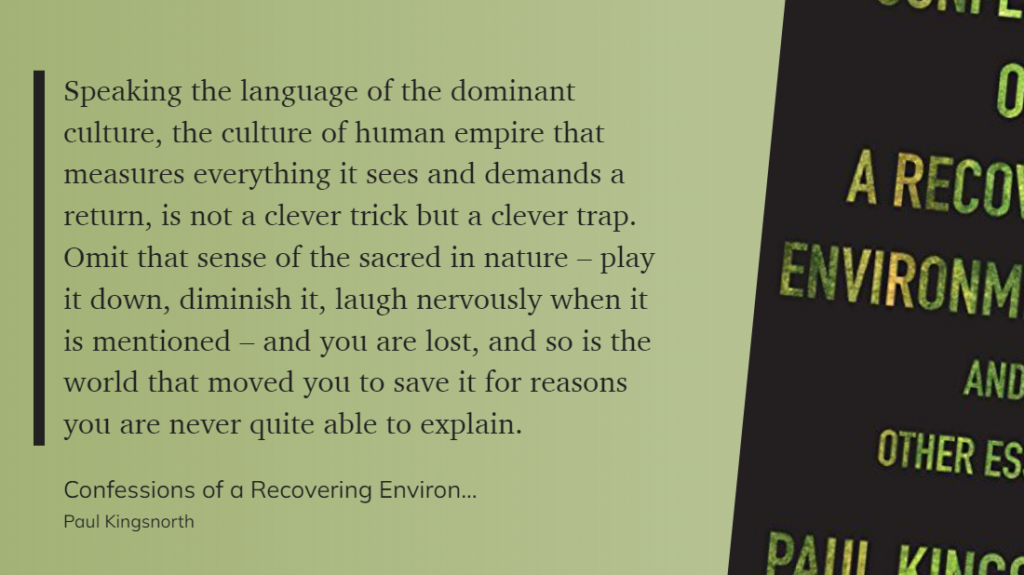
Link: https://www.paulkingsnorth.net/confession
The Tuscon Color Journal
Loving the illustrations of Paula Borchardt. Here is her Tucson Color Journal. Every day for a year she painted one colour that represented something from nature she saw in or from her yard. Noticing is where it all starts, and actively noticing colours is a great way to do it.
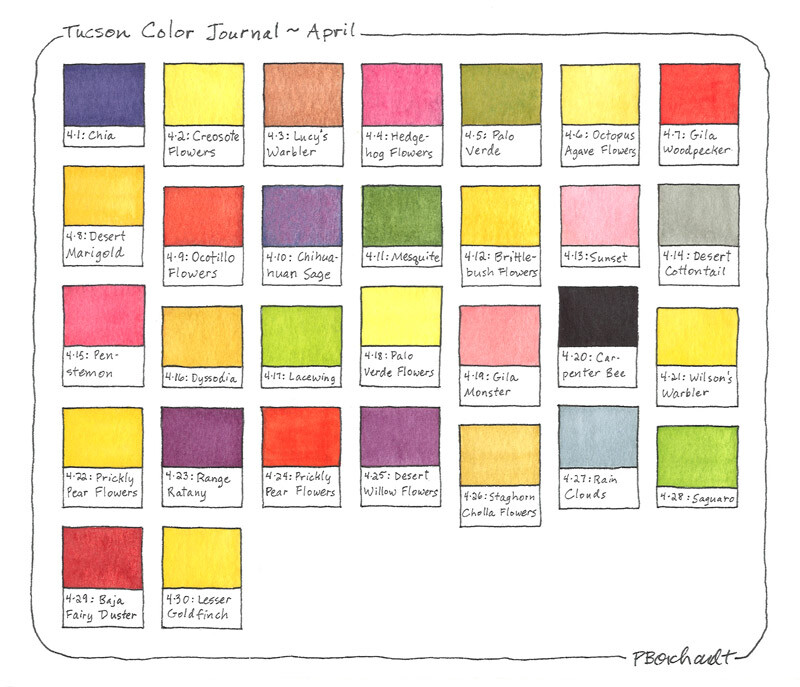
Link: http://paulaborchardt.com/illustration/tucson.html#tucson-color-journal